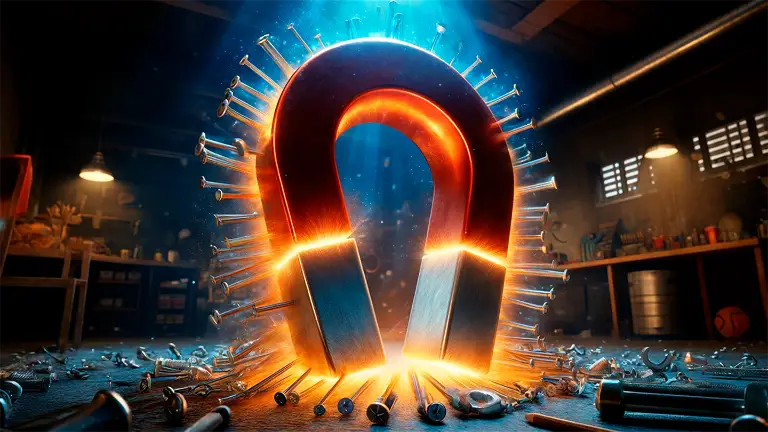
When we think of AI, we usually think of the classic chatbot that has been accompanying us in everything for a couple of years. That is, GPT-4o or others such as Gemini or Copilot. However, the applications that AI can have are even greater and incredibly surprising, as technological and scientific advances are largely being fed by the processing power of large-scale language models. This is the case we are going to discuss today, since an AI has managed to design a diamond that does not use rare earths.
A surprising advance
A British company specialising in new technologies called Materials Nexus has announced on its official website the creation of MagNex, a permanent magnet totally free of rare earths that has been made possible thanks to the acceleration in research by AI, achieving a development 200 times faster than what would have been achieved using traditional research and development methods until now.
Scooters, electric vehicles, drones and any new type of technology based on electric mobility use this type of magnets, as both batteries and other accessories require it. This is why it is so important to develop the ability to make efficient magnets for general use in technology. The demand is very high, especially when you consider that wind turbines and other devices also need them. Thus, both the end user and companies require the consumption of magnets but until now they could only reach an acceptable power if they were produced with rare earths.
The most common are neodymium and dysprosium magnets, but they are incredibly expensive to manufacture and require a highly polluting treatment. Due to the fact that companies are increasingly aware of the environment, they have tried to find alternatives and so thanks to Artificial Intelligence MagNex has emerged, which does not use rare earths and has emerged thanks to the detailed analysis of more than 100 million material compositions in a few days. Something that human beings would have taken years to process.
To do this, AI has considered dozens of variables such as the cost of its manufacture or the environmental impact it may have, as well as the ease of its construction in terms of existing accessibility in terms of the use of materials. In this way, AI has been able to provide the solution to such a demanded problem, making it possible to produce it at 20% of the current price and with a 70% reduction in pollution, spectacular figures.
The world of conductors and semiconductors has experienced a gigantic boom thanks to AI, as much progress is being made in this type of field thanks to the streamlining of production tasks. Even ways are being explored to create diamonds with greater efficiency and lower cost, although there is still a long way to go to achieve this.

Comments